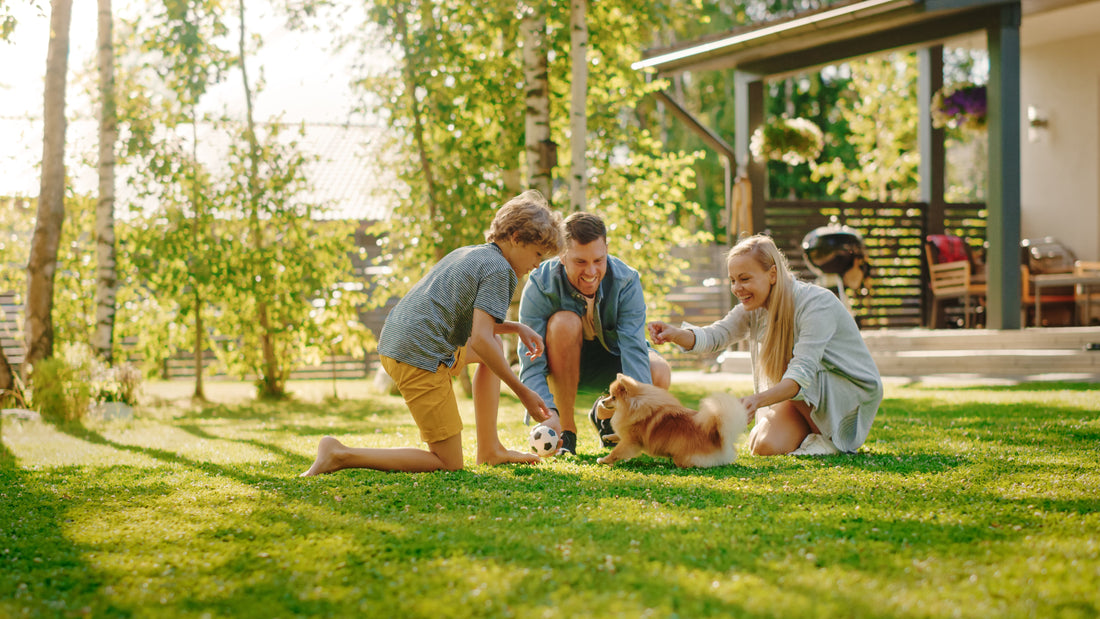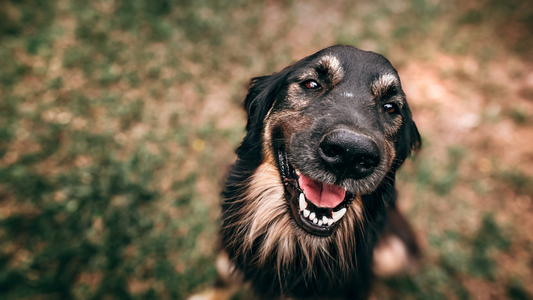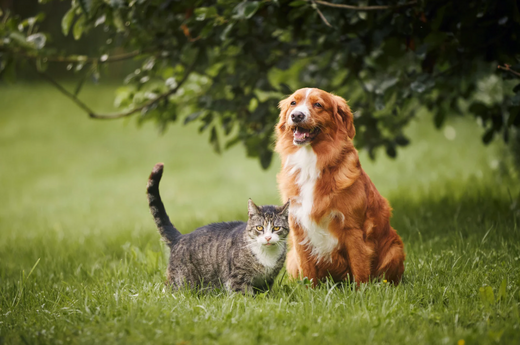Much like us, our pets can get nervous in new situations. Socialisation and fear prevention are essential aspects of pet care that can make a significant difference in your fur baby’s behaviour. This guide will provide you with practical tips to introduce your pet to new people, animals, and environments effectively.
Understanding the Importance of Socialisation
Socialisation is the process of exposing your pet to different experiences, ensuring they remain calm and confident. Early socialisation can prevent fear and aggression, making your pet more adaptable and well-adjusted.
Introducing Pets to New People
Start Slowly
When introducing your pet to new people, start slowly to avoid overwhelming them. Allow your pet to observe the new person from a distance before approaching. Gradually decrease the distance as your pet becomes more comfortable.
Use Positive Reinforcement
Reward your pet with treats and praise when they show calm and friendly behaviour towards new people. This positive reinforcement encourages them to associate new encounters with positive experiences.
Monitor Body Language
Pay attention to your pet’s body language. Signs of fear or anxiety, such as cowering, growling, or hiding, indicate that your pet needs more time to adjust. If your pet shows signs of stress, give them space and try again later.
Introducing Pets to Other Animals
Controlled Introductions
Start with controlled introductions when bringing your pet around other animals. Use a leash or carrier to ensure safety and prevent aggressive encounters. Allow the animals to sniff each other and get acquainted gradually.
Neutral Territory
Introduce new animals in a neutral territory to prevent territorial behaviour. A park or a friend’s yard can be good options. Avoid introducing new pets in confined spaces where they might feel cornered.
Supervised Interactions
Always supervise interactions between your pets and new animals. This allows you to intervene if any aggressive behaviour occurs and ensures a positive experience for both animals.
Introducing Pets to New Environments
Gradual Exposure
Expose your pet to new environments gradually. Start with short visits and gradually increase the duration as your pet becomes more comfortable. This method helps prevent overwhelming your pet with too much stimulation at once.
Familiar Items
Bring familiar items, such as your pet’s favourite toys or blanket, when introducing them to new environments. These familiar objects provide comfort and help reduce anxiety.
Create Positive Associations
Create positive associations with new environments by offering treats and praise. Encourage your pet to explore and reward them for calm behaviour. This helps them develop a positive attitude towards new places.
Managing Fear and Anxiety
Recognise Triggers
Identify and understand your pet’s triggers. Common triggers include loud noises, crowded places, and unfamiliar objects. Recognising these triggers allows you to manage and reduce your pet’s fear and anxiety effectively.
Desensitisation
Desensitisation involves gradually exposing your pet to their triggers in a controlled and positive manner. Start with low-intensity exposure and gradually increase it as your pet becomes more comfortable. Pairing the exposure with treats and praise can help reduce fear over time.
Calming Techniques
Use calming techniques to help your pet manage anxiety. These can include gentle petting, soothing music, or providing a quiet space for your pet to retreat to when they feel overwhelmed.
Socialisation for Puppies and Kittens
Early Exposure
Early exposure to various people, animals, and environments is crucial for puppies and kittens. The first few months of life are a critical period for socialisation. Introduce them to a wide range of experiences to help them develop into well-adjusted adults.
Puppy and Kitten Classes
Enrol your young pets in puppy or kitten classes. These classes provide structured socialisation opportunities and help your pets learn how to interact appropriately with others. They also offer valuable training tips for pet owners.
Gentle Handling
Ensure that your young pets are handled gently and positively. Frequent, positive handling by different people helps them become comfortable with human interaction and reduces fear of being touched.
The Role of Routine in Socialisation
Consistent Schedule
Maintain a consistent schedule for your pet’s daily activities. A routine provides structure and predictability, helping your pet feel secure and reducing anxiety.
Regular Socialisation
Incorporate regular socialisation into your pet’s routine. Regular exposure to new people, animals, and environments helps prevent fear and keeps your pet comfortable with changes.
Patience and Persistence
Socialisation is an ongoing process that requires patience and persistence. Every pet is different, and some may take longer to adjust than others. Be patient and continue to expose your pet to new experiences in a positive manner.
Keeping Your Pets Happy
Helping your pet feel comfortable around new people, animals, and environments is key to their happiness and wellbeing. Socialisation and fear prevention aren’t just important—they’re essential for ensuring your furry friend leads a joyful and enriched life.
By embracing these practices, you’re setting the stage for a positive, confident pet who’s ready to thrive in any situation. At Healthy Pet Co., we’re here to support you every step of the way with expert advice and high-quality products designed with your pet’s unique needs in mind. Be sure to check out our blog for more tips and resources to keep your pet thriving. Together, we can help your pets live their best, happiest lives, filled with confidence and love.




